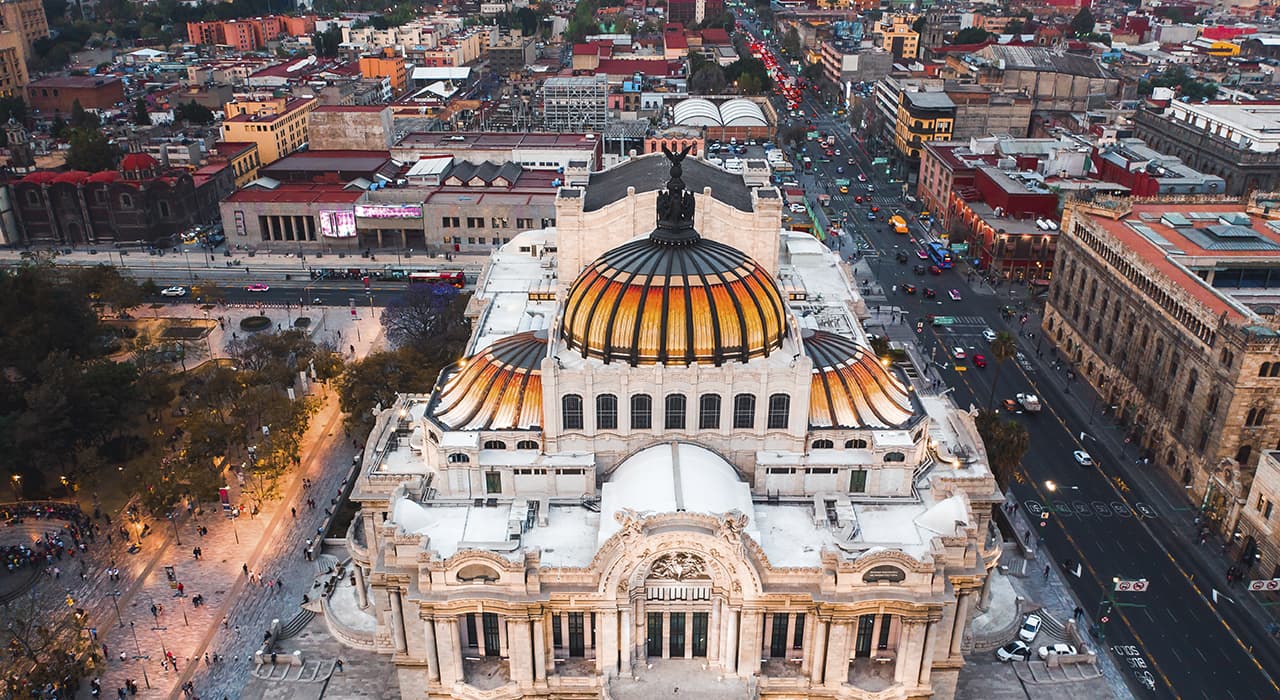It is well known that the territory of Southern Arizona and present-day Phoenix was inhabited hundreds of years earlier than much of the eastern United States. Scientists disagree on the exact date, but it is believed to have been around 700 A.D. The tribes that settled on this land belonged to the Hohokam culture (Hohokam or sometimes Ho Ho Kam). By farming, the Hohokam people were able to create an irrigation network of more than 200 kilometers of irrigation channels. Parts of this network were later used to build modern water channels in Arizona. From about 1400 the Hohokam were forced to leave their homelands, apparently because of persistent droughts. Individual families continued to live on the banks of Salt River, but there were no larger settlements. Thus, the Salt River valley remained largely uninhabited until the 1860s.
It is believed that since the early 19th century, American and European explorers and hunters began to enter the area. Their targets were Mexican wolves and deer, as well as beaver and otter pelts. After the end of the American-Mexican War in 1848 the territory of modern Phoenix became part of the United States. Since 1860, in Arizona, several cities and military forts are founded and active development of the territory begins. Phoenix also waited for its time.
John “Jack” Swilling, a veteran of the American Civil War, went west in search of wealth in the 1850s. In 1867 he stopped to rest at the foot of the mountains and surveyed the area. Swilling immediately appreciated the potential of a valley with clearly distinguishable abandoned irrigation canals. That same year a settlement was established 6 km east of present-day Phoenix . A small group of men led by Jack Swilling began building the first irrigation canal in the Salt River Valley. The following summer the first crops of wheat, corn, and barley were harvested. Within a short time the settlement changed several names. Initially it was called Pumpkinville ( literary for “Pumpkinville”), because of the huge number of pumpkins that grew on the banks of the canal. Then came Swilling’s Mill, Helling Mill, and Mill City. Philip Darrel Duppa (often Lord Darrel Duppa) gave the modern name to the city. He suggested the word “Phoenix,” representing the rebirth of the city, on the ruins of past civilizations.
In May 1868 Phoenix was officially recognized as a settlement. In 1868 the first post office was opened in Phoenix, and the first postmaster was the same Jack Swilling. By 1870 the population of Salt River Valley already numbered 240. The growth of the settlement required a clear definition of urban area, and in 1872 320 acres of land (today part of Downtown Phoenix) were designated for that purpose. In 1871 the first church and the first city store were opened.
A key event in the active development of Phoenix was the opening of the railroad. Products produced in the city were now easily accessible to markets in the western and eastern United States. By 1911, Theodore Roosevelt Dam, a 109-meter high dam named after Theodore Roosevelt, was opened northeast of Phoenix. The $10 million project solved the problem of irrigation and flooding in the surrounding area, as well as generating the electricity needed for the city’s growth. In 1912, Phoenix became the capital of the newly formed state of Arizona.
Significant changes in the city’s economy occurred during World War II. During this period, Phoenix became an industrial city with many factories producing military products. The opening of military training centers brought thousands of new people to the city. The city also became an important transportation hub. By 1950, Phoenix’s population was more than 100,000. In the decades that followed, Phoenix continued to grow rapidly, spurred on by the development of the tourism business. In 1968 the newly formed Phoenix Suns basketball team was included in the NBA league.
In the 1980s, the city’s crime rate reached serious proportions. The drug trade became a major problem. By now the crime rate has declined, but remains above the U.S. average.
Since the 2000s, the city’s significant growth has continued. Phoenix and its suburbs are second only to Las Vegas in terms of population growth.
